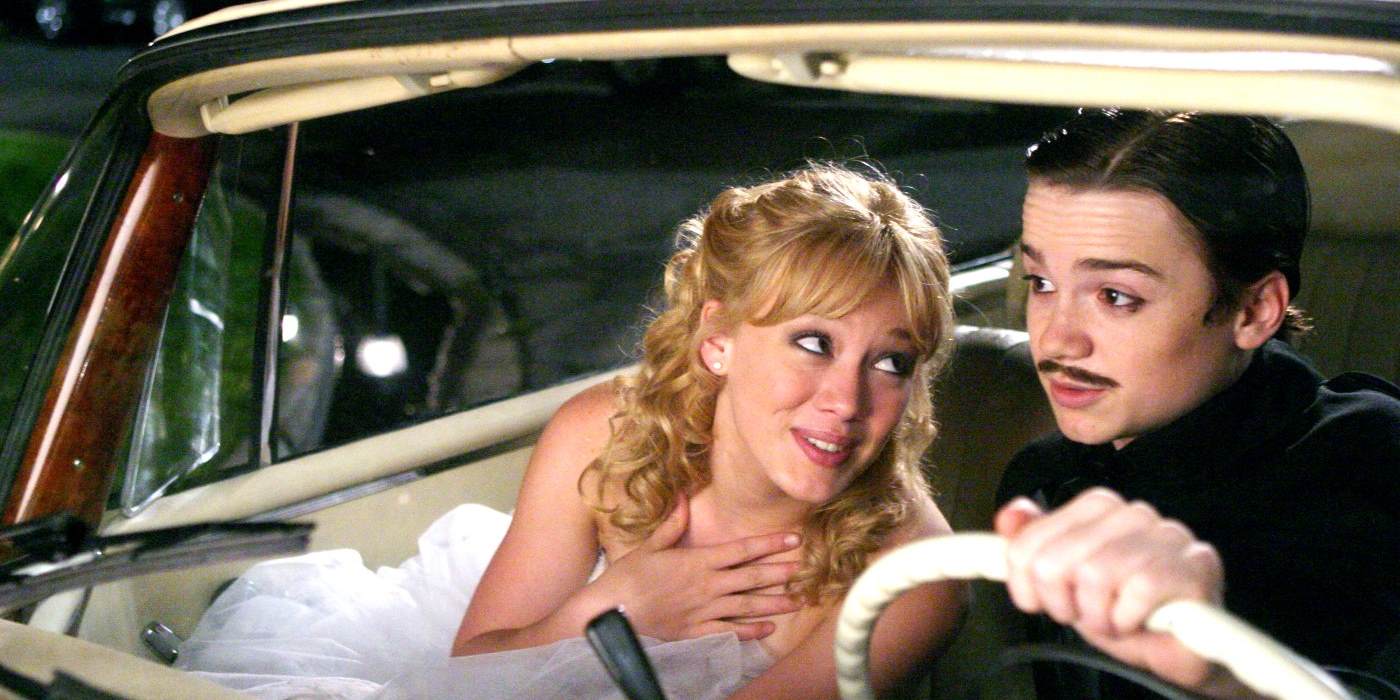

In the original fairy tale, they are described as having beautiful faces, but wicked personalities. Adaptational Ugliness: Cinderella's stepsisters are commonly referred to as the "ugly stepsisters", as various adaptations portray them as being as ugly as they are unpleasant.Then there's the modern book Cinderella: Ninja Warrior, which is Exactly What It Says on the Tin.

Her magic help reflects this adaptational badassery as well, with the first of the outfits from the magic hazelnuts being the hunter diguise that allows her to escape her stepmother's ire into the forest, instead of a dress. During her second meeting with the prince (while she's disguised as a hunter) she impresses him and his hunter friends with shooting a flying hawk with a crossbow, then a pinecone off a tree far away.
#Cinderella story update
In 2008, Cinderella Four By Four, a Live-Action Adaptation with Setting Update starring Darya Melnikova, was released. In Britain, it's been a favourite story for pantomime for over a century, where it often adds the parts of Dandini and Buttons. In general, because of the long oral tradition behind most fairytales, referring to any version as the "original" is problematic and best avoided. Presumably, the Grimms' version fits many people's idea of the dark, dangerous world of pre-Disney fairy-tales better than Perrault's, and therefore is sometimes erroneously referred to as the "original 'Cinderella'", despite being written over a hundred years after Perrault's, and about a thousand years after " Yeh-Shen". When people want to be a bit Darker and Edgier, they may refer to the Grimms' "Cinderella" instead, in which Cinderella - or Aschenputtel - plants a twig on her mother's grave, and the resultant tree, rather than fairy godmother, helps her, and the stepsisters cut off pieces of their feet to fit into the slipper, and are later blinded by karmic birds. The vindictive step-family may or may not be punished, depending on the variation. The prince uses the lost slipper to track her down, and, once reunited, they marry. On the second night of the ball, the prince contrives to keep her past her curfew, and in her rush to get away, she loses one of her slippers. There is, however, a limit to the spirit's help: Cinderella must return by midnight. When the local prince holds a kingdom-wide ball, they refuse to let her attend, but she calls on a spirit helper (usually representative of her dead mother) who takes pity on her and outfits her for the ball, allowing her to outshine everyone present and win the heart of the prince. This usually gives rise to a mocking nickname to do with her dirtyness (in English, Cinderella, or Cinder-girl, covered in fireplace cinders). The girl's new step-family turns out to be cruel and vindictive, and mistreat her by making her work as a servant. The bare bones of the story are as follows: A young noblewoman's mother dies and her father remarries a woman with daughters of her own, then disappears. One particular young lady took a week off from her starring role in the most popular play on Broadway at the time to play Cinderella - Julie Andrews in her on-camera debut. In 1957, Rodgers and Hammerstein adapted it into a musical for a television broadcast, starring Broadway royalty Howard Lindsay and Dorothy Stickney, Edie Adams, Kaye Ballard and Alice Ghostley (as the King and Queen, Fairy Godmother, and stepsisters, respectively) and Jon Cypher (of Hill Street Blues fame) as the Prince.


 0 kommentar(er)
0 kommentar(er)
